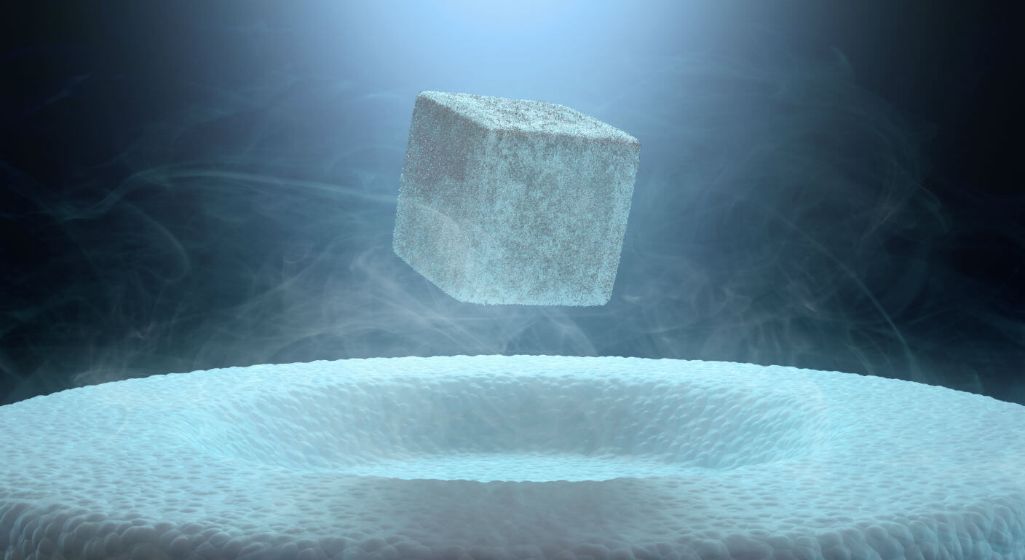High-Tc Superconductivity: Uncovering the Underlying Physics Using Photoemission Spectroscopy
LAU Beirut Campus - Nicol Hall 406 & Online via Webex

The LAU School of Arts and Sciences invites you to the talk event
High-Tc Superconductivity: Uncovering the Underlying Physics Using Photoemission Spectroscopy
as part of its Research Seminar Series
About the speaker
——————————————
Dr. Walid Malaeb
Assistant Professor of Physics
About the event
——————————————
Superconductivity is the total loss of electrical resistance that occurs below a certain critical temperature (Tc) in certain materials. The discovery of high-Tc superconductivity in copper oxides family (cuprates) in 1986 ranks among the major scientific events of the 20th century. In addition to the richness of the physics it has, high-Tc superconductivity is expected to carry promising solutions for many challenging problems in technology and environments where it has wide applications in power transmission, communication, transportation, medical instrumentation, particle accelerators, computers and other fields. Given that the ultimate goal is achieving room-temperature superconductivity, researchers worldwide have been trying to find new high-Tc materials and reaching more efficient ways in using them in everyday applications. A remarkable discovery in this field was made in a completely new family of materials known as iron-pnictides, or more generally iron-based superconductors (FeSCs), by Kamihara et al. in Japan in 2008. This discovery ended the monopoly of cuprates as the only high-Tc superconductors and opened a new route for the high-Tc research, which received immediate worldwide recognition. Interestingly, FeSCs show some advantages over cuprates and seem more convenient for applications, especially for the fabrication of wires and tapes.
In this talk Dr. Walid will give an introduction about superconductivity and its various applications. Moreover, he will present his research work since the early stage in this field towards a better understanding of the underlying physics in high-Tc superconductors with a special focus on FeSCs. For this purpose, he has been implementing the Photoemission Spectroscopy (PES) technique using synchrotron radiation, lasers and other light sources. In the end, Dr. Walid will present future perspectives on improving the superconducting properties of these materials.